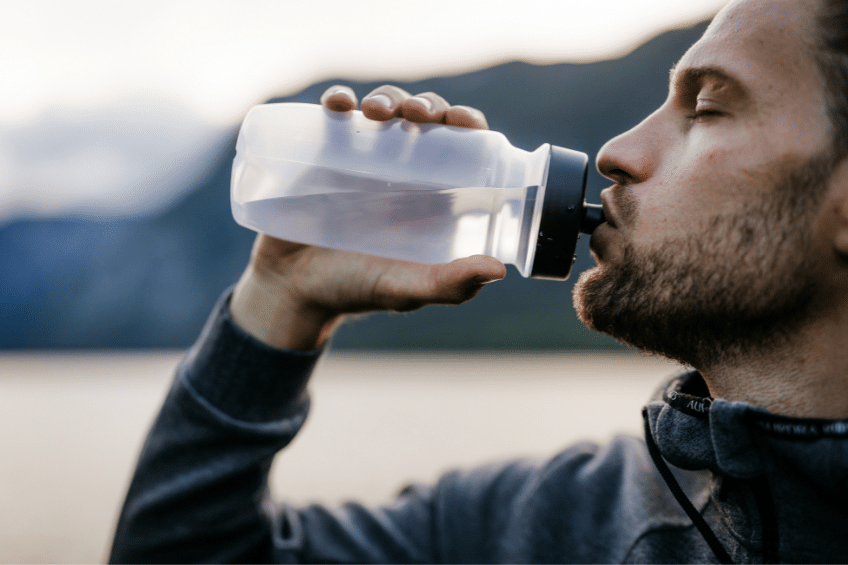By John Salak–
It’s a new year, and people are looking for new ways to live a healthier lifestyle. In their search, it would be a good idea not to overlook maintaining proper hydration levels. It is one of the simplest and easiest ways to improve overall health.
The body is already a bit of a fleshy wetland, containing approximately 50 percent water. The percentage, admittedly, varies based on age, sex and weight. Regardless, the body uses its fluids for critical purposes like digesting food, creating hormones and delivering oxygen. In addition, water helps regulate body temperature, protect sensitive tissue and lubricate joints.
Not drinking enough water can also lead to painful kidney stones, fatigue, irritability and even memory loss, according to various reports. Well-hydrated adults are also healthier, develop fewer chronic conditions, such as heart and lung disease, and live longer than those who don’t drink enough water, according to a study published in eBioMedicine.
It is ultimately a no-brainer. Maintaining a high level of hydration helps the body function at a higher level and improves long-term health.
Yet despite its importance, a whopping 75 percent of Americans are chronically dehydrated, and the elderly are seemingly at the highest risk, according to the National Library of Medicine.
What’s the solution? The simplest way to hydrate is to drink water. Just how much varies from person to person based on different factors. The Mayo Clinic recommends that men drink 15.5 cups of fluids a day, while women should drink 11.5 cups of fluids a day.
The required about can change, however, based on the environment. Someone in higher altitudes or somewhere with higher temperatures will need to drink more because they’re susceptible to dehydration. Athletes also need to drink more than the average person because their workouts generate sweat is just another form of fluid leaving the body.
Water isn’t the only source of hydration; there are many ways to get enough liquids, according to HealthLine.com. Milk is a source of electrolytes and provides proteins. Eating fruits and vegetables is another option. Berries, melons, oranges, grapes, carrots, spinach, and lettuce can all help hydrate because they contain water. Frozen fruits and vegetables are even better sources because being flash-frozen retains nutrients.
Even if well-intentioned, many people don’t monitor their liquid intake. It can make it challenging to determine hydration levels. Besides being thirsty, Britain’s National Health Service recommends watching out for signs such as urinating less often and producing darker, yellow urine, bouts of fatigue or dizziness, dry mouth, lips and tongue, and sunken eyes.
Dehydration isn’t simply caused by not drinking enough fluids. It can also be caused by consuming the wrong ones. Soft drinks such as sodas can deliver lots of unwanted sugar. Alcoholic beverages can also dehydrate the body because they are diuretics, forcing the body to urinate at the expense of critical fluids. Coffee can also have a dehydrating influence, but only when large amounts of caffeine, more than 300 mg per drink, are involved.
Having water handy at a workstation, nightstand or dinner table are simple ways to hydrate. And being bored with H2O is a weak excuse for not staying watered. There are just too many alternatives that can keep a body well-lubed and run smoothly.












